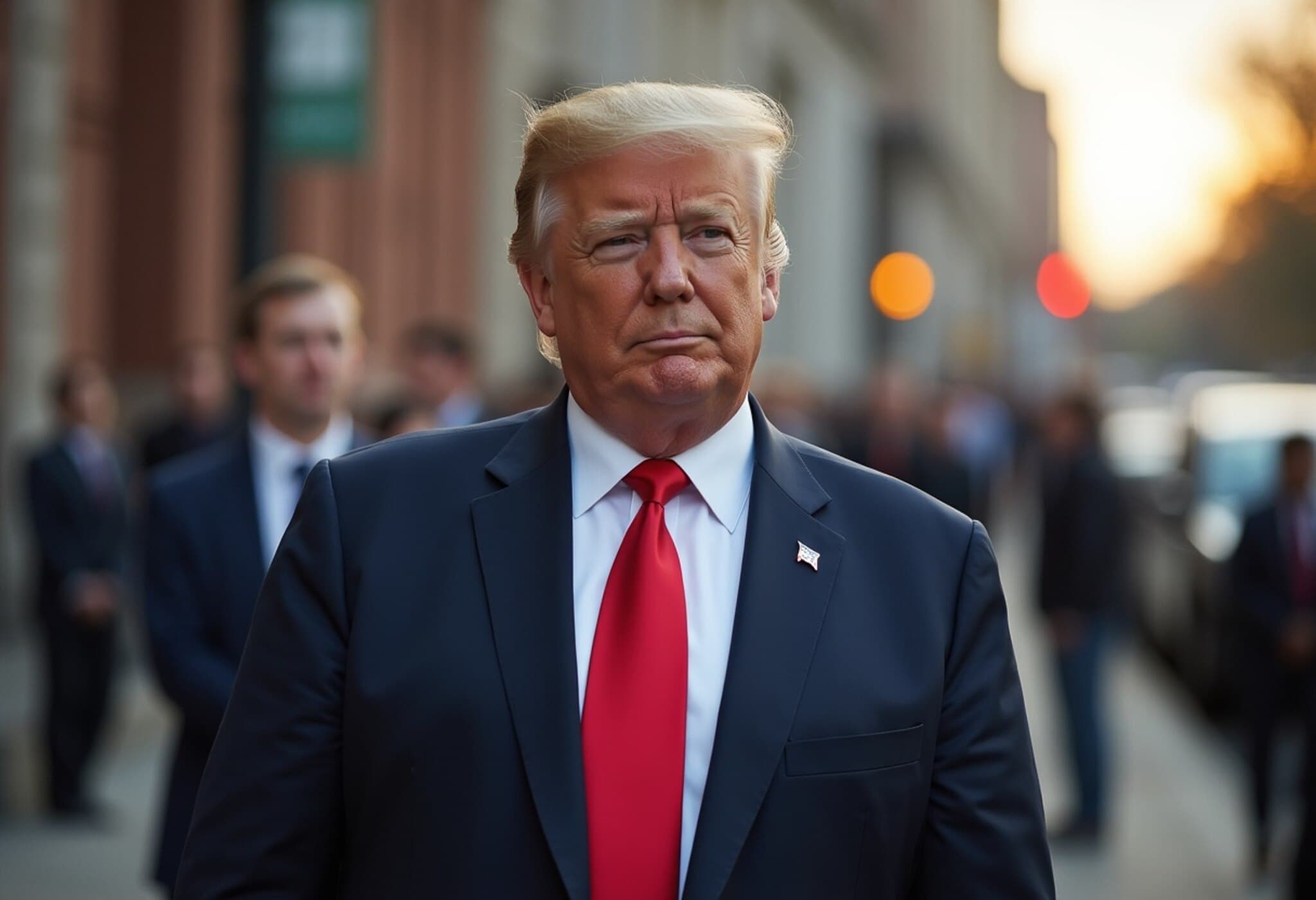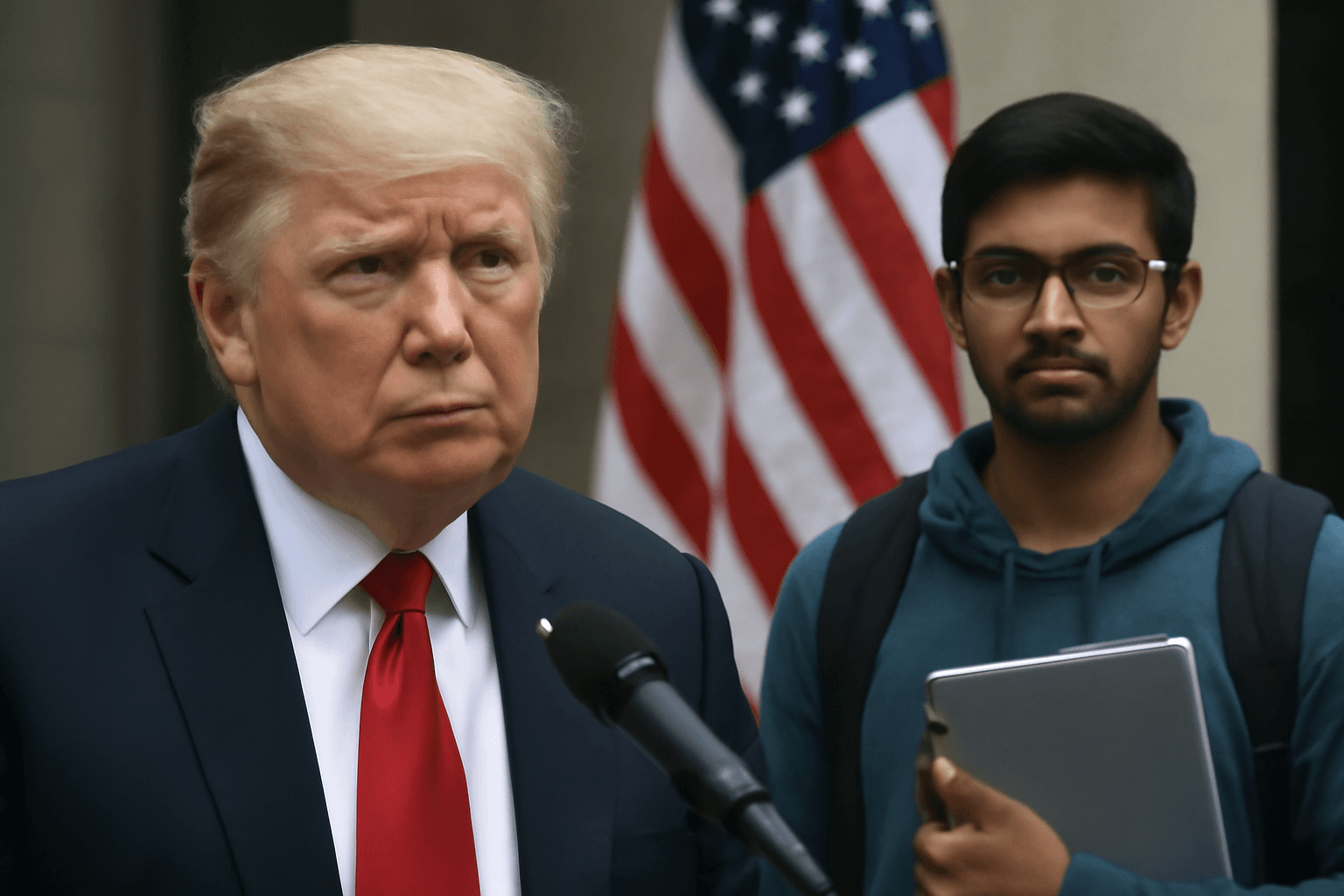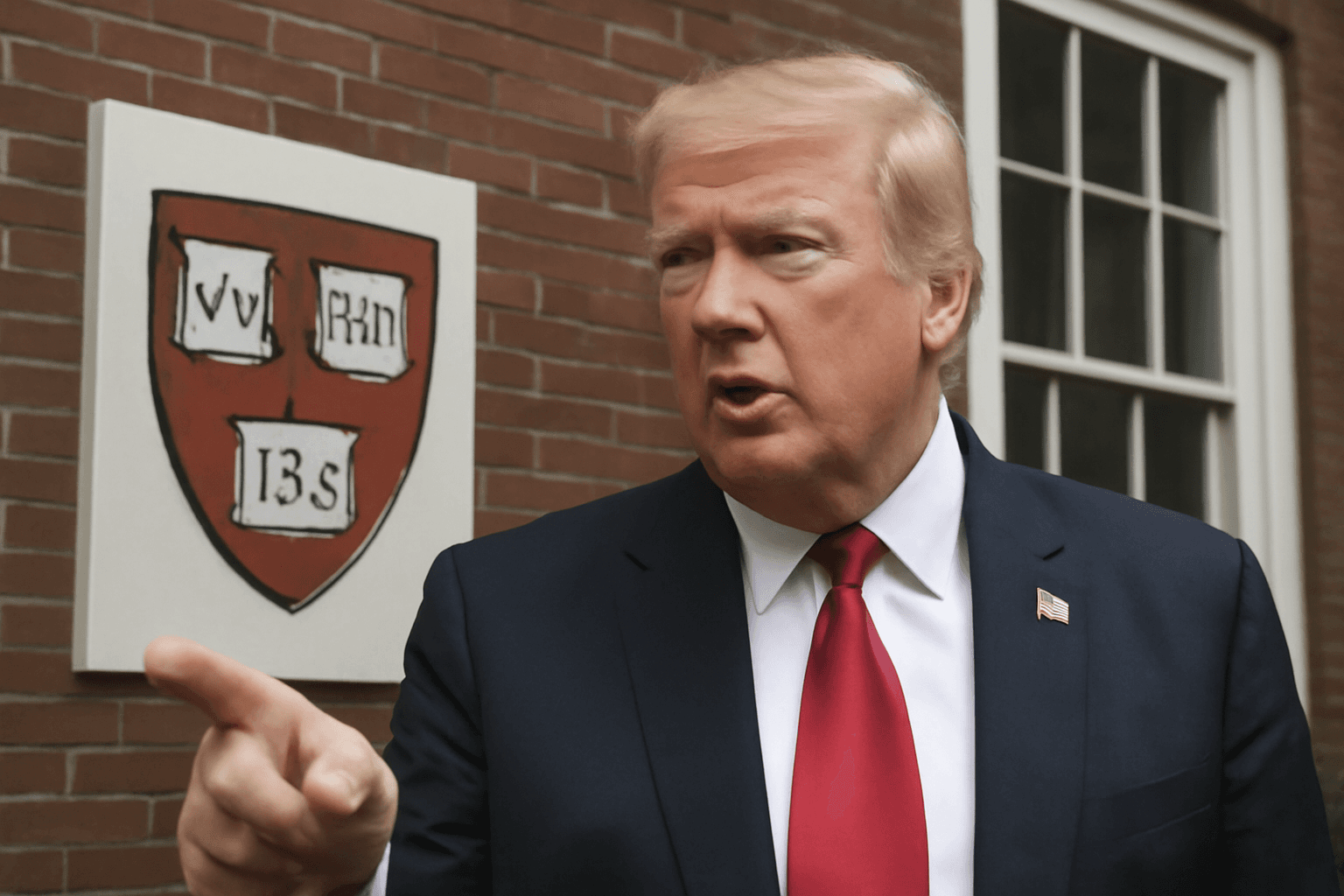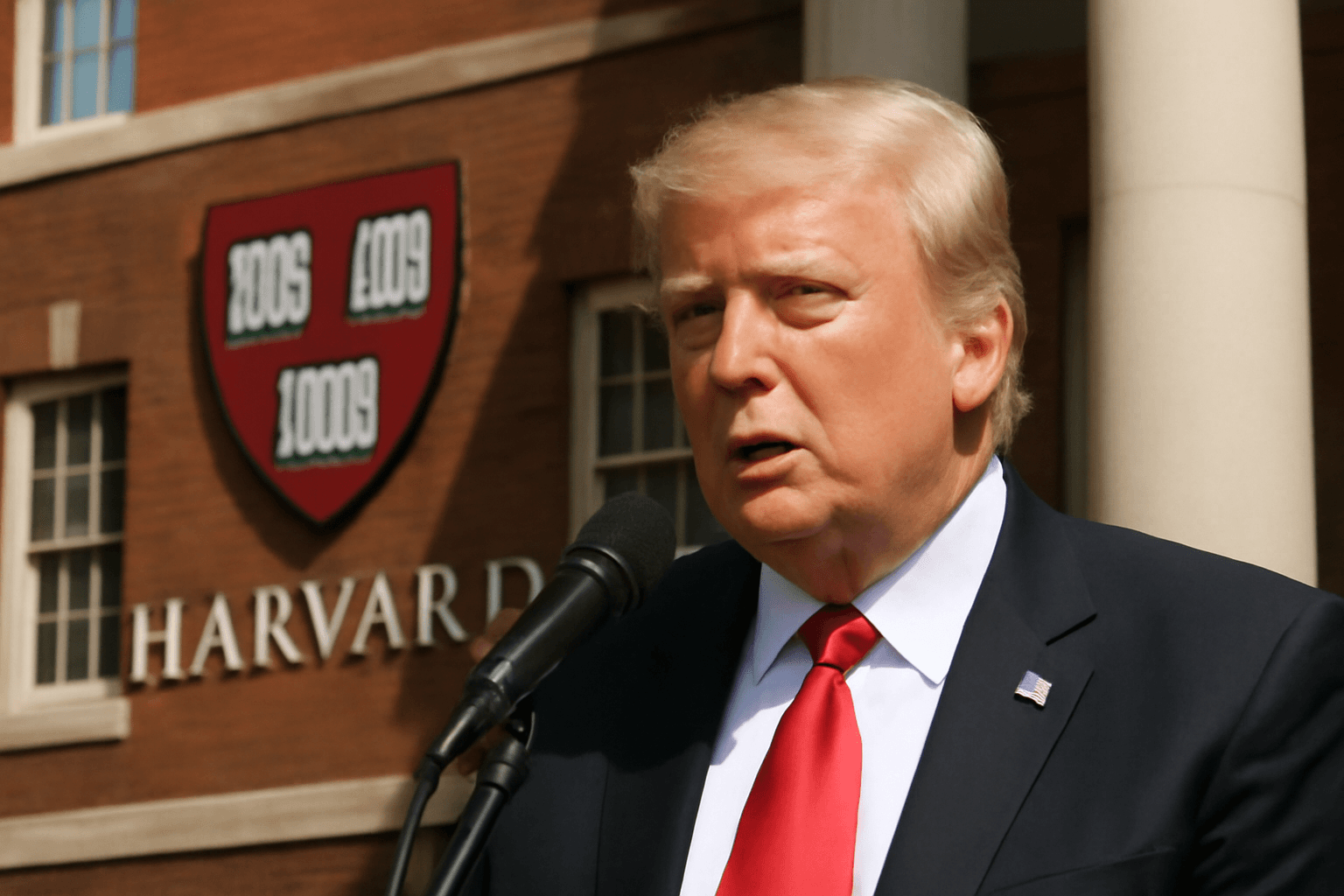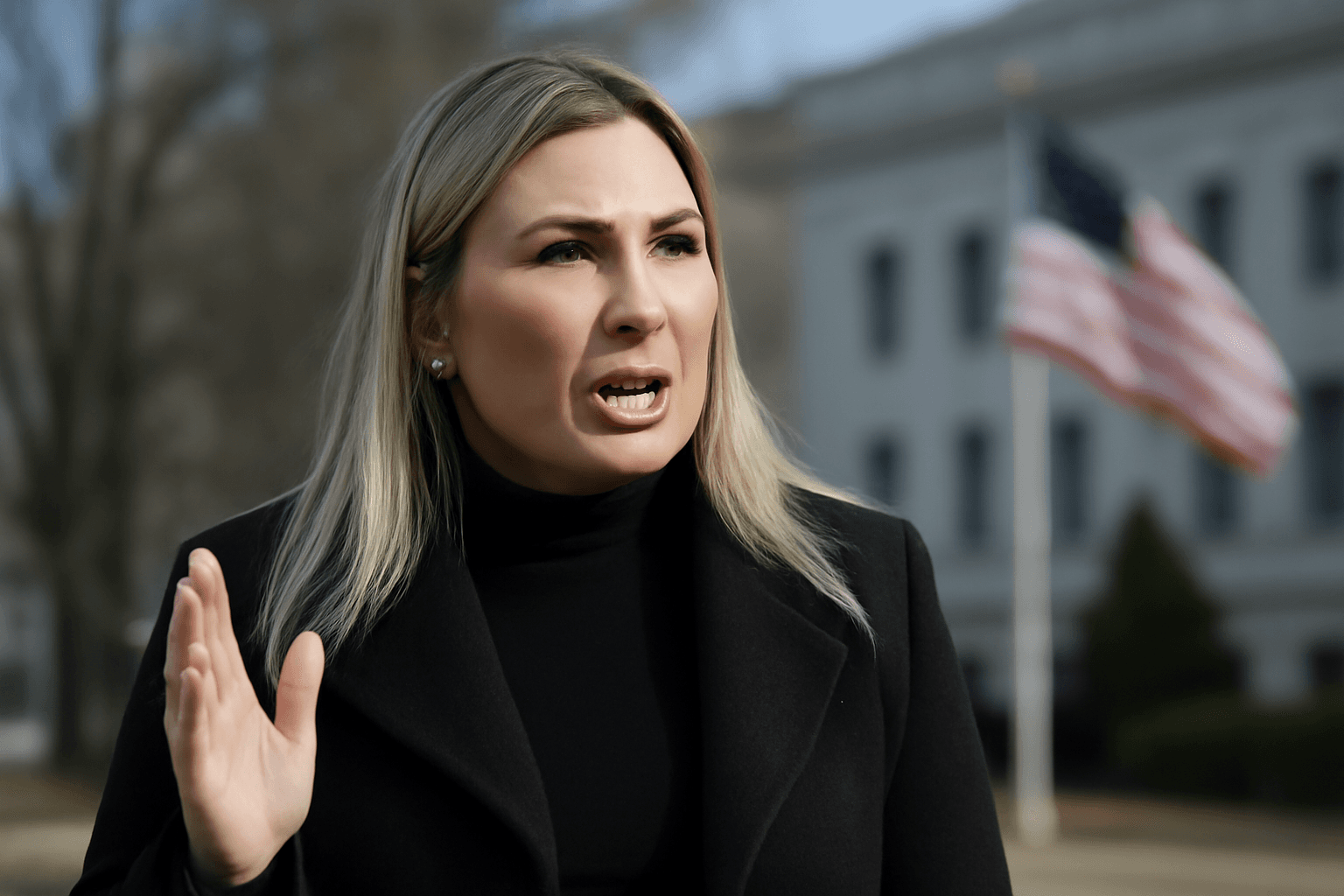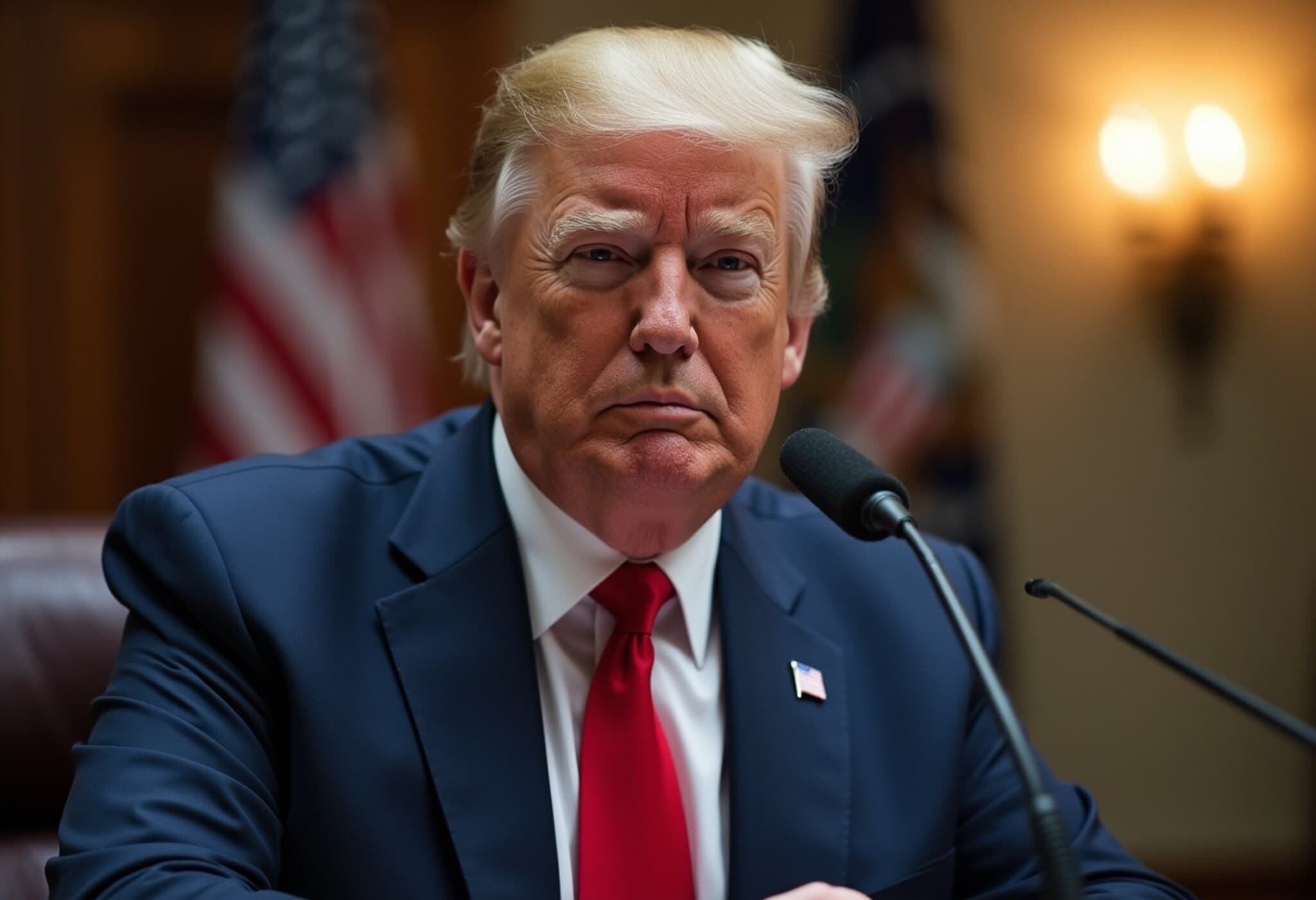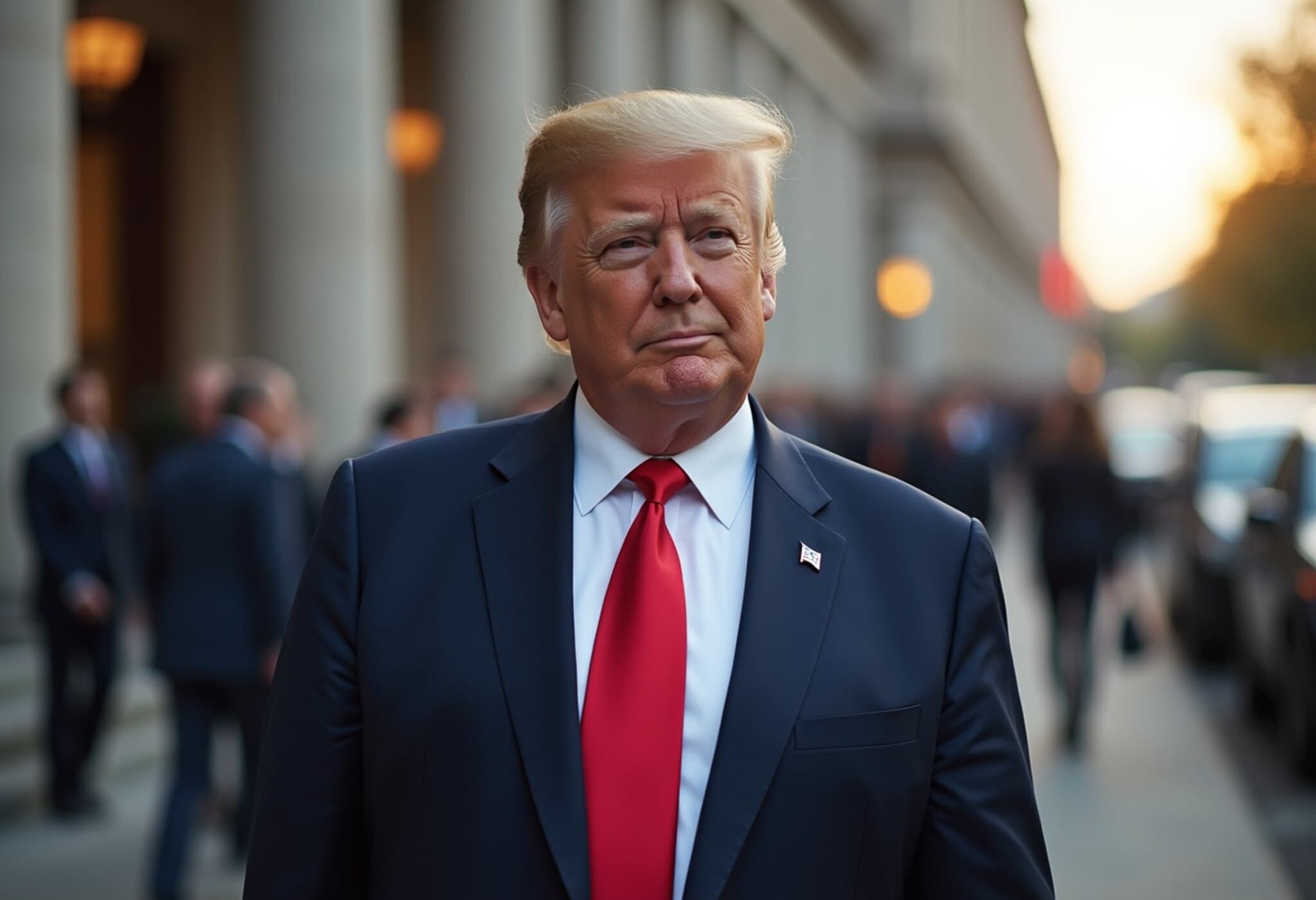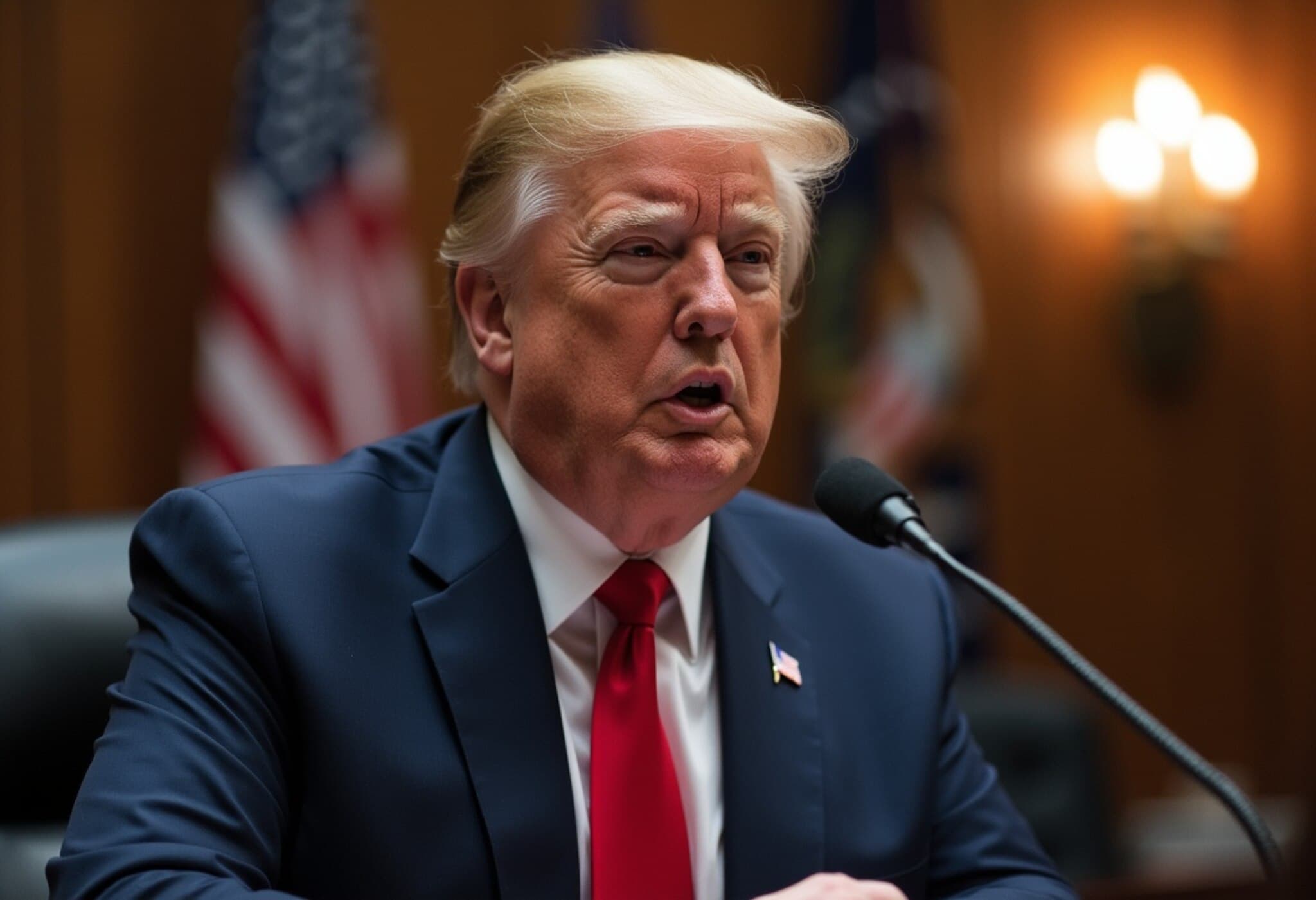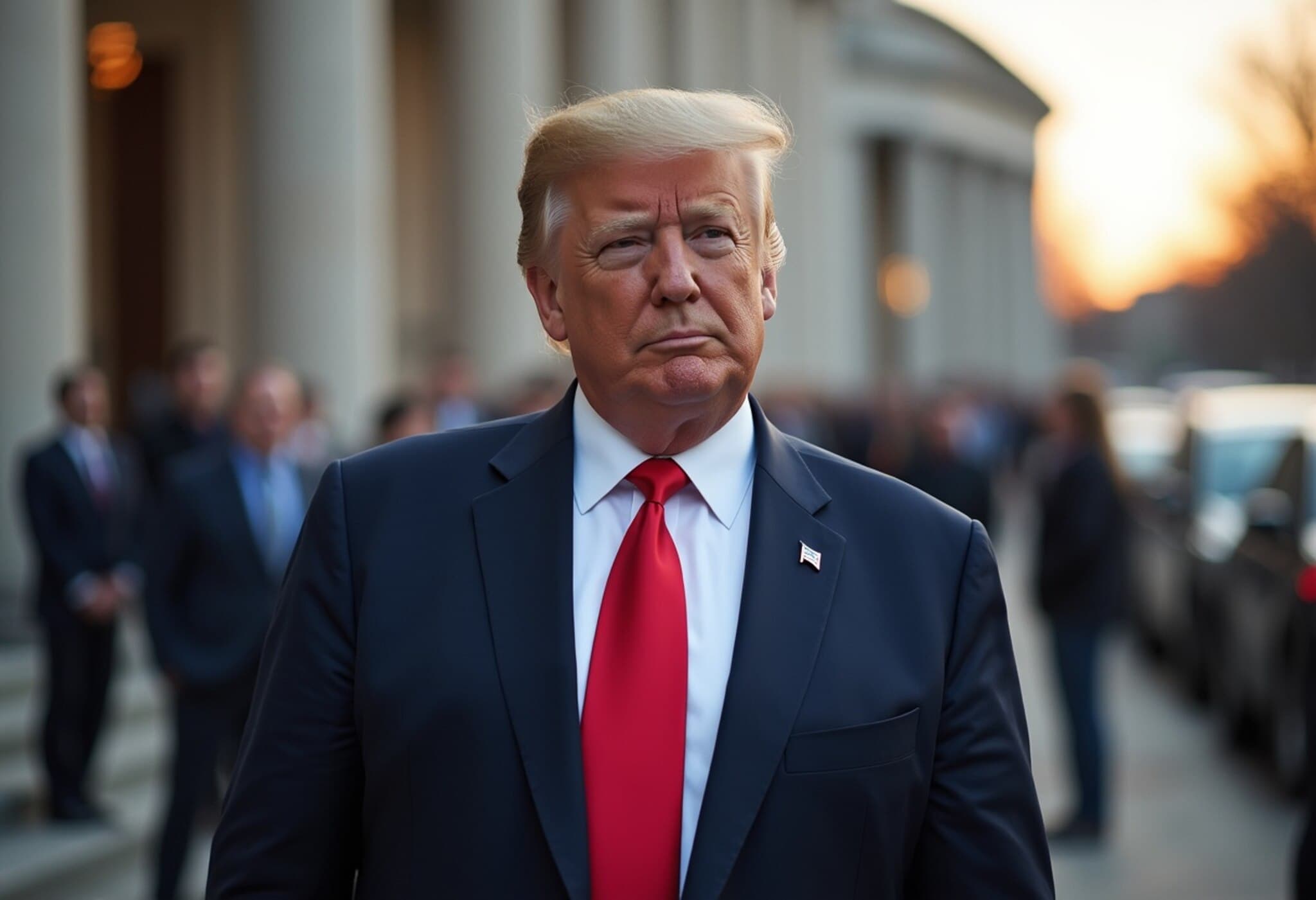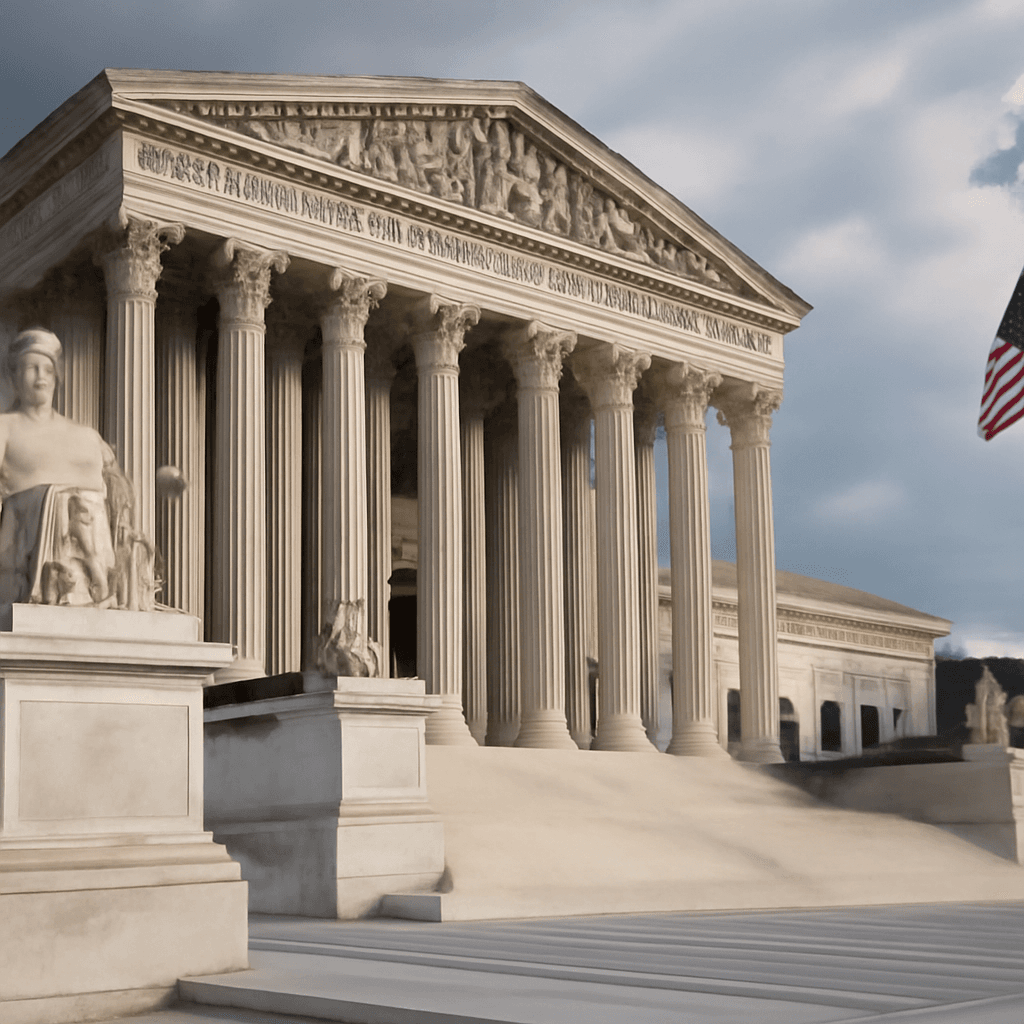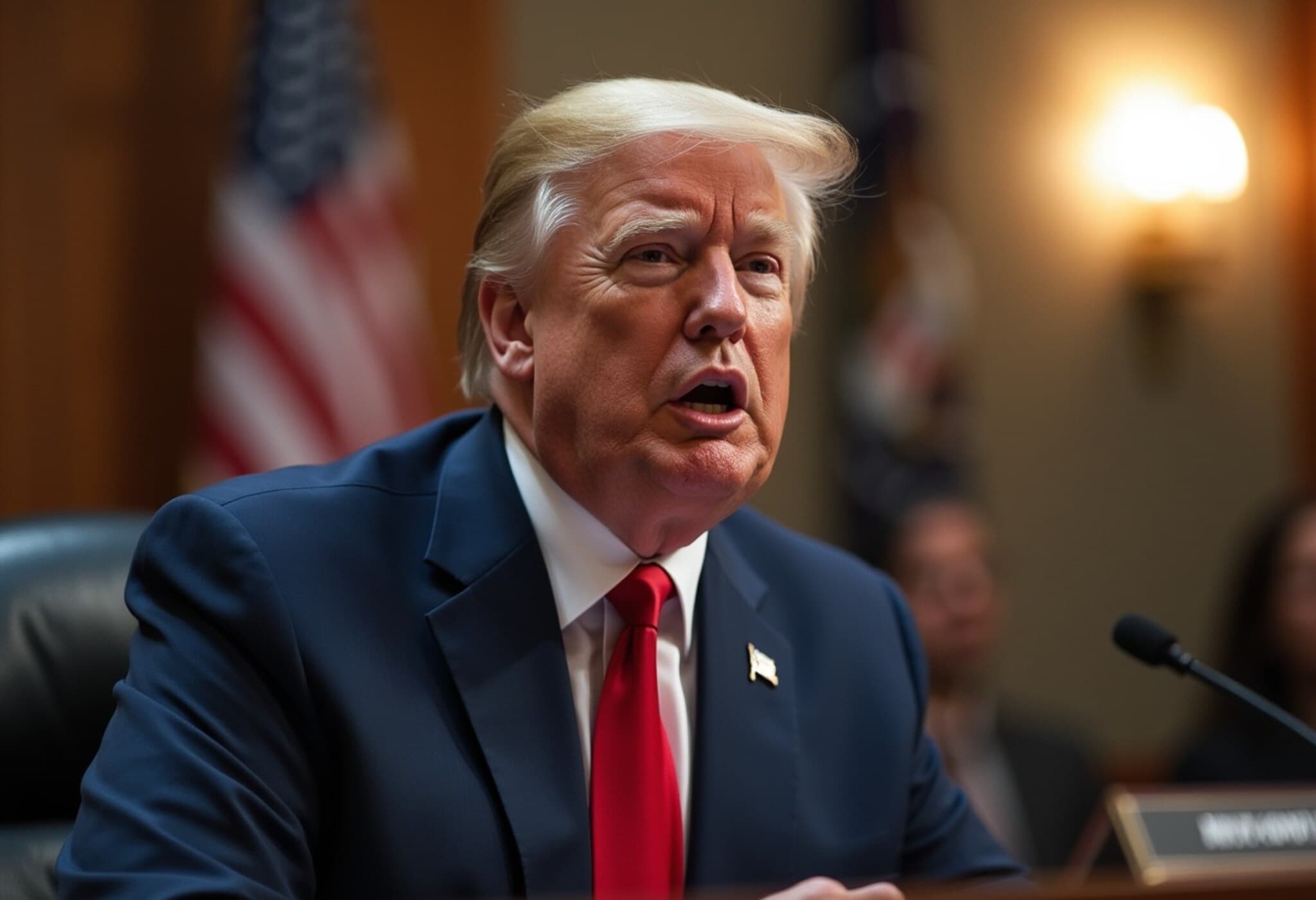Supreme Court Approves Key Step in Trump’s Education Department Overhaul
In a landmark ruling on July 14, 2025, the U.S. Supreme Court gave the federal government the green light to move forward with its controversial plan to dismantle the Department of Education, paving the way for nearly 1,400 federal employees to be laid off. The decision marks a critical turning point in a broader push to devolve educational governance back to the states and away from federal oversight.
6-3 Ruling Reverses Lower Court’s Temporary Halt
The Court’s 6-3 vote overturned a preliminary injunction issued by U.S. District Judge Myong Joun in Boston, who had blocked the layoffs and suspended efforts to shut down the agency. Judge Joun’s earlier ruling emphasized the potential “irreparable harm” to students, families, and educational continuity caused by abruptly disbanding a vital federal institution without Congressional approval.
Despite these concerns, the Supreme Court majority concluded that the executive branch possesses the authority to initiate such structural changes, at least at this stage in the process, allowing the Trump administration to proceed with its campaign promise to diminish the federal footprint in education.
Liberal Justices Sound the Alarm
The Court’s three liberal justices dissented emphatically, warning that the decision could set a dangerous precedent undermining established checks and balances. They underscored the risks faced by vulnerable student populations, particularly in underserved and rural communities that depend heavily on consistent federal standards and support.
Legal experts caution that the move could unravel decades of policy progress aimed at ensuring equitable educational opportunities nationwide, highlighting the tension between local control advocates and those concerned about national accountability.
Trump Celebrates "Major Victory for Students and Parents"
Former President Trump quickly hailed the ruling as a triumph on his personal and political agenda. Through social media, he declared the decision a “major victory for students and parents,” asserting that the Education Department had been “failing” and that management should revert to state governments.
The administration has long argued that states are better positioned to tailor education policies according to local needs without what it describes as cumbersome federal bureaucracy. Advocates emphasize the promise of increased flexibility, innovation, and responsiveness.
Critics Warn of Potential Fallout
However, educators, civil rights advocates, and many policymakers express deep apprehension that dismantling the department risks fragmenting educational standards, widening disparities, and reducing oversight critical for protecting disadvantaged students. Federal involvement has historically played a central role in addressing systemic inequalities and ensuring compliance with civil rights laws.
Contextual Insight: A Shift in Educational Governance
This ruling is emblematic of an ongoing ideological battle over the role of federal government in American education. For decades, the Department of Education, although sometimes contentious, has been a key player in enforcing policies like the Individuals with Disabilities Education Act (IDEA) and Title IX protections.
Rebalancing power back to states raises salient questions about accountability, quality assurance, and equitable funding, especially at a time when public education faces unprecedented challenges including post-pandemic recovery, digital divides, and rising costs.
What Lies Ahead?
- Legal challenges are expected as the process to completely dismantle the department unfolds.
- State governments will need to prepare to absorb new responsibilities and coordinate complex education programs.
- Congressional action or resistance may shape the final outcome amid growing national debate.
Editor's Note
This ruling not only impacts the nearly 1,400 federal education employees facing layoffs but also stokes deeper discussions about federalism and the future of education in the U.S. As authority shifts back toward state governments, stakeholders must ask: How will states manage to maintain educational equity and uphold nationwide standards? What mechanisms will protect vulnerable populations during this transition? The coming months will be critical in defining whether this move reflects a bold decentralization or leaves students adrift in a patchwork system.
Our coverage will continue to monitor the evolving legal battles, state responses, and the tangible effects on educators, families, and communities across America.

